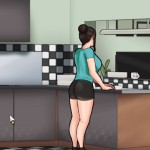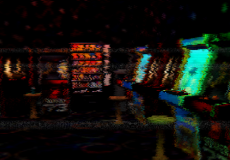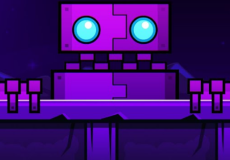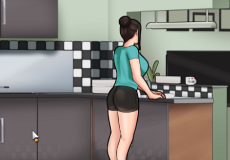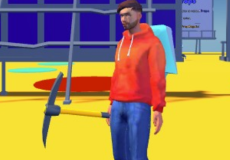
Pac Side
Advertisement
Pac Side reimagines the structure of a classic maze game into a tense survival scenario. The player enters a confined space that initially appears familiar but quickly reveals something distorted beneath the surface. The simple act of navigating a maze becomes an exercise in awareness and timing. There is no narration or dialogue; instead, the environment itself communicates danger. The design draws attention to rhythm, movement, and the unpredictability of pursuit.
Advertisement
Similiar games
Pac Side reimagines the structure of a classic maze game into a tense survival scenario. The player enters a confined space that initially appears familiar but quickly reveals something distorted beneath the surface. The simple act of navigating a maze becomes an exercise in awareness and timing. There is no narration or dialogue; instead, the environment itself communicates danger. The design draws attention to rhythm, movement, and the unpredictability of pursuit.
Environment And Core Idea
The game places the player inside a closed labyrinth that mirrors the form of an old arcade maze. Its corridors are narrow, its rules simple, yet the space functions as both map and trap. The goal is unclear at first—you explore to understand the system while avoiding a presence that reacts to your position.
Within this setting, several consistent mechanics define how you interact:
- Movement through the maze using W, A, S, D keys.
- Temporary sprint ability activated with Left Shift.
- Sound cues replacing direct visibility of threats.
- A single environment that changes function as the chase intensifies.
Each of these actions contributes to a structure where observation is as important as speed. The longer you stay inside, the more familiar routes turn uncertain.
Gameplay Structure
Pac Side focuses on simple, rule-based mechanics. There are no weapons or inventory systems; progression depends on how well you interpret space and sound. The player must identify patterns, track the movement of an unseen pursuer, and plan routes that avoid direct contact. Mistakes are rarely punished instantly but accumulate as the maze grows more dangerous. Short runs teach map layout, while longer sessions reveal how the environment adapts. Replay is part of the design: knowledge replaces reflex. Each session ends either in escape or capture, with both treated as valid outcomes that shape understanding of the game world.
Interpretation And Atmosphere
The central idea behind Pac Side lies in the reversal of expectation. It transforms a structure associated with comfort and nostalgia into something uncertain. The minimal art style and controlled lighting make the experience depend on anticipation rather than surprise. Audio design reinforces this: footsteps, echoes, and distant signals tell the player more than any visible enemy could. The result is a system that rewards caution and adaptation. The familiar environment becomes an experiment in perception—what once felt safe now feels unstable, and the player learns to treat the maze as a living structure.
Discuss Pac Side





